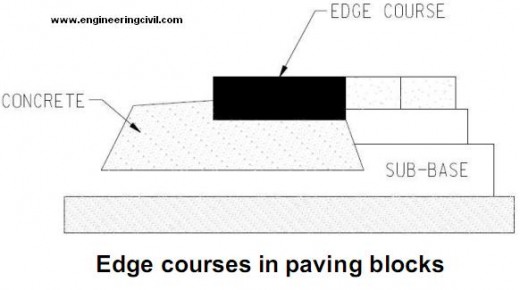In Hong Kong, underground utility detectors are normally divided into two types: electromagnetic detector and ground penetrating radar (GPR).
For electromagnetic detector, it can detect the signals emitted by metallic utilities themselves by passive mode. While in active mode, the detector has to pick up the signals through a transmitter and sonda connected directly to the non-metallic utility. Both the alignment and depth can be found in active mode while only alignment can be found in passive mode. The electromagnetic detector available in market can detect utilities up to depth of 3m.
For ground penetrating radar, it sends radio waves into the ground and receives signals from reflections from utilities. It has the advantage of locating both the depth and alignment of utilities. More importantly, it can detect both metallic and non-metallic utilities. However, it suffers from the disadvantage that it is quite expensive and interpretation of data is not simple. Reference is made to LD, DSD (2000).
This question is taken from book named – A Self Learning Manual – Mastering Different Fields of Civil Engineering Works (VC-Q-A-Method) by Vincent T. H. CHU.

